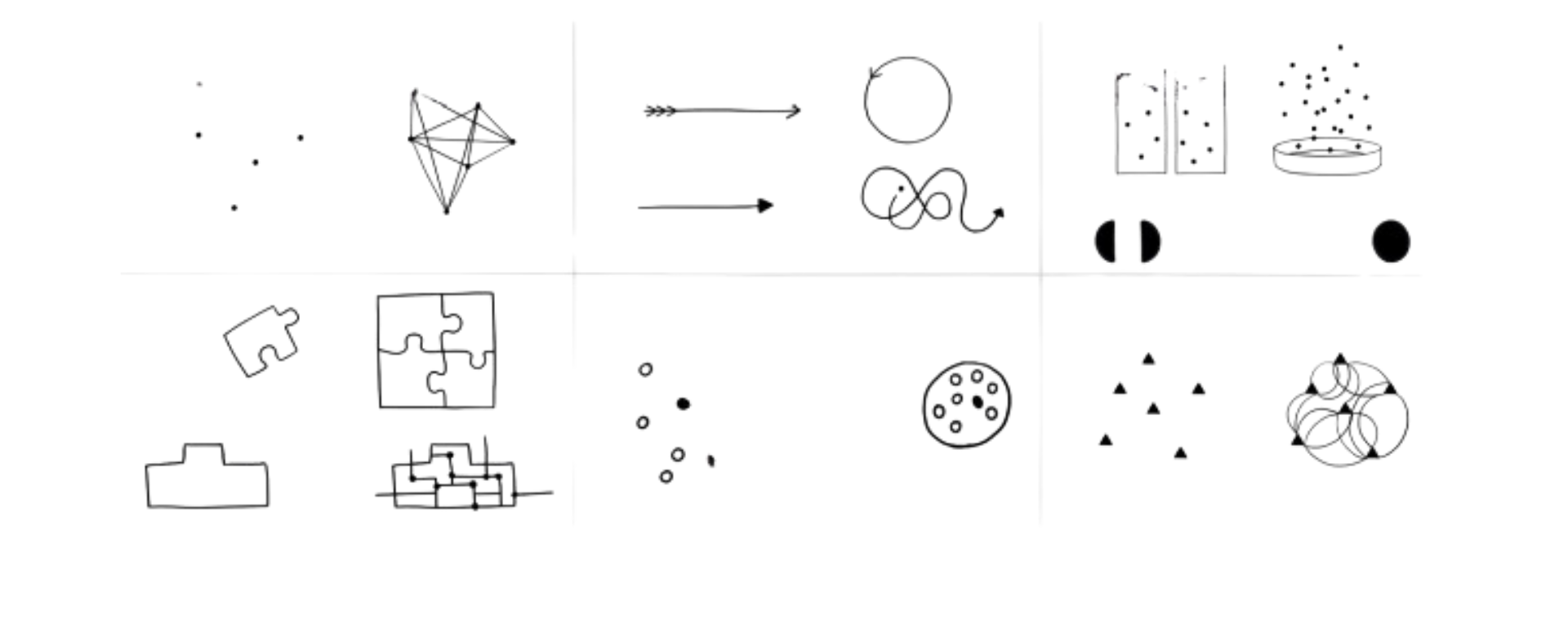The Importance of User-Centered Design in Product Development

User-centered design is an important aspect of product development and is essential for creating the best possible experience for users. By taking the user’s needs, preferences, and feedback into account, organisations can create products that are tailored to the user’s individual experience. This ensures that products are designed with the user in mind and provides valuable insights for product development teams, allowing them to better serve their customers.
What is User-Centered Design?
User-centered design (UCD) is a design process that puts the user at the center of the design process. The goal of UCD is to create a product or service that is tailored to the individual user’s needs, preferences, and feedback. UCD involves a close collaboration between users, designers, and product developers to ensure that the product meets the user’s needs. UCD involves understanding the users’ needs and crafting a design or product that meets those needs.
The process of UCD typically begins with the identification of user needs and preferences. This allows product developers to determine what features and functionality should be included in the product. After a design has been created, it is tested with users so that their feedback can be taken into account and improvements can be made. This feedback helps product developers refine their design, making sure it meets the user’s needs and preferences.
UCD is an iterative process, meaning that it is constantly evolving and improving. As user feedback is collected, product developers can make changes to the design to ensure that it meets the user’s needs. This process of continual improvement helps to ensure that the product is always up-to-date and meets the user’s needs.

Become a Product Manager
Learn from top industry experts, get access to 1 year placement support and transition into product management at India's top tech companies.
How User-Centered Design Improves Products
User-centered design helps to ensure that products are tailored to the individual user’s needs. By understanding what users want and need, product developers can create products that are easy to use and are tailored to their individual preferences. This not only helps to make products more enjoyable to use, but also helps to ensure that they are effective in meeting the user’s needs.
UCD also helps to ensure that products are accessible to all users. By taking into account the different needs and preferences of users with disabilities or limited access, product developers can ensure that their products are accessible to everyone. This not only helps to improve the user experience, but also helps to make sure that everyone has access to the same level of service.
In addition, user-centered design helps to ensure that products are designed with the user in mind. By understanding the user’s needs and preferences, product developers can create products that are intuitive and easy to use. This helps to ensure that users are able to quickly and easily use the product, which can help to improve user satisfaction and loyalty.
Example of User-Centered Design in Action
One of the most famous examples of user-centered design in action is Apple’s iPod. The iPod was designed with a focus on the user experience. The iPod was designed to be easy to use with a simple interface that allowed users to easily access their music library. The iPod was also designed with accessibility in mind. Apple included features such as a headphone jack and voice commands that allowed users with disabilities to easily control the device.
The iPod was also designed to be aesthetically pleasing. The device was made with a sleek and modern design that appealed to a wide range of users. Additionally, the iPod was designed to be durable and reliable, with a long battery life and a sturdy construction. This ensured that users could rely on the device for years to come.
How to Implement User-Centered Design
Implementing user-centered design requires careful planning and collaboration between designers, product developers, and users. It begins with understanding the user’s needs and preferences. This can be done through surveys, interviews, focus groups, or other methods of gathering feedback from users.
Once the user’s needs are understood, designers can begin creating a product or service that meets those needs. It is important to test the design with users throughout the development process so that feedback can be taken into account and changes can be made if necessary. After the product is developed, it is important to continue to monitor user feedback so that any issues or concerns can be addressed.
User-centered design is an iterative process that requires ongoing communication between designers, product developers, and users. It is important to keep users involved throughout the entire process, from the initial design phase to the final product launch. This will ensure that the product or service meets the user’s needs and expectations.
The Future of User-Centered Design
User-centered design will continue to be an important aspect of product development as organisations strive to provide the best possible experience for their users. As technology advances, so will the tools available for designers and product developers to create products tailored to the individual user’s needs. In addition, companies will need to continue to collect feedback from users in order to ensure that their products are meeting their needs.
In the future, user-centered design will become even more important as companies strive to create products that are tailored to the individual user’s needs. Companies will need to focus on understanding the user’s needs and preferences in order to create products that are tailored to their individual needs. Additionally, companies will need to continue to collect feedback from users in order to ensure that their products are meeting their needs and providing the best possible experience.

Become a Product Manager
Learn from top industry experts, get access to 1 year placement support and transition into product management at India's top tech companies.



